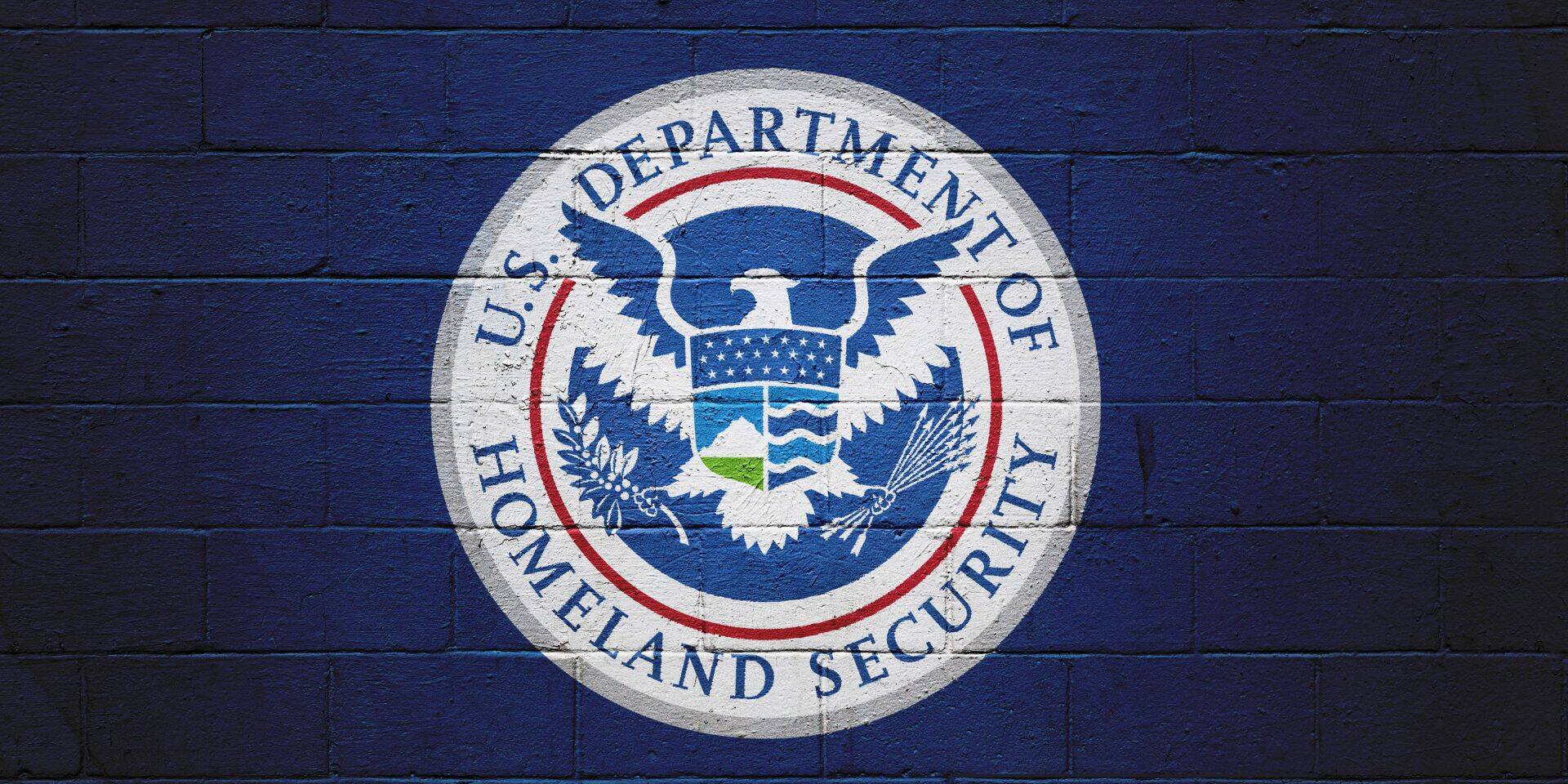The Welcome Corps Phase Two program is now open for qualifying groups of five or more U.S. citizens or permanent residents to identify a person or family to sponsor. To qualify, the person or family to be sponsored must meet specific criteria and pass background checks. The program was introduced in January 2023 and initially available to sponsor unidentified individuals only. Relatives of refugees, various religious and individual rights groups are expected to participate in Phase Two.
The Biden administration is targeting bringing 10,000 refugees through a sponsorship opportunity to reach the overall goal of 125,000 refugee admissions in fiscal year 2024. Refugee status is available for individuals who apply from abroad. Asylum is available to those who are already in the U.S.
To date, only 85 refugees have entered the U.S. through the Welcome Corp program. This is far below the goal of processing 5,000 refugees in fiscal year 2023. Although numbers are increasing, the State Department said they expect many more applicants now that sponsors can identify who they want to sponsor to come to the U.S.
The timeline can range from six months to several years for refugees to arrive in the U.S. Potential refugee applicants must be registered with the U.S. as of September 30, 2023. This cutoff is intended to discourage people from leaving home in order to participate.
Individuals from Cuba, Haiti, Nicaragua, and Venezuela who have opportunities for a legal status to enter the U.S. under the parole program can also apply for the Welcome Corps Phase Two program if they qualify for refugee status and have a pending sponsorship application.
If you are considering your options for phase two of the Welcome Corps Program for a refugee you know, below are some steps throughout the process to consider.
First, check eligibility for the refugee you want to sponsor using the eligibility tool on the Welcome Corps Website.
There are certain countries currently not eligible for Welcome Corps at the current moment such as Afghanistan, Eritrea, Sudan. However, refugees who are nationals of countries on the list that apply in a country that is not on the list may remain eligible.
Sponsors can only submit one application at a time either for one individual or a family of up to ten people within one household. The family must be currently all living in the same country and household as well as intend to live in the same household in the United States. Sponsors will have to wait three months after the arrival of an approval refugee in the U.S. to submit another application for another individual.
Then, form a private sponsorship group and create an account to sponsor a refugee you know. The group of five qualifying sponsors will need to identify a primary contact or group coordinator to make one account for the group.
Sponsors will need to form a unique name for the group. Sponsors will need to attend an information session and online Training. One member will be required to attend and submit certification of training to submit the application.
The group coordinator will then add sponsor group members. Each sponsor will have to sign a commitment form and undergo background checks through the partnered Sterling Volunteers website.
Throughout the application process, proof of support for the refugee upon their arrival is important. The group will need to raise 2,425 dollars per refugee prior to their arrival. Prior to submitting the application, Welcome Corps requires documentation of proof of 1,455 dollars for each refugee. The documentation they accept includes bank statements, a go fund me account, or a letter from a nonprofit. Bank statements will need to be from bank accounts reserved for the refugee and not a personal account.
The sponsors will also need to research and provide their findings regarding Core Sponsorship Services or A Plan. This includes providing information and applications for the locations and names across health care facilities, doctors, mental health, public benefits, and other health assessment locations for the refugee.
The sponsors will need to provide means of language classes, whether informal or formal, and temporary as well as long-term housing. In addition, they will need to help the sponsored refugee find employment, education and childcare if applicable. These are examples of the required planning that will need to be submitted along with the application.
The sponsors will need to provide various information about the refugees such as their biographical information, reason for refugee status, ID cards, photos, refugee documentation and more. After the application is submitted, sponsors may check in the application dashboard for tasks requested by Welcome Corps if the application is pending. These potential tasks will need to be answered and returned by the due date.
After approval, the sponsor group may be connected to a Private Sponsor Organization. The refugee will be referred to the U.S. Refugee Admissions Program. The U.S. government will process the sponsored refugee and they will undergo health and security screenings. Once they pass the screenings, USRAP will arrange for their transportation to the U.S. Upon their arrival, the sponsors will need to implement their recorded plan as well as submit a required 30-day and 90-day report.
If you have questions about the Welcome Corps Phase Two program or any other U.S. immigration-related issue, contact us at ILBSG. Our team of experience attorneys works directly with clients to ensure they get the right advice for their particular situations.
Related Posts
July 22, 2024
Employment Immigration Plans for Rest of Year from White House
The White House released their…



